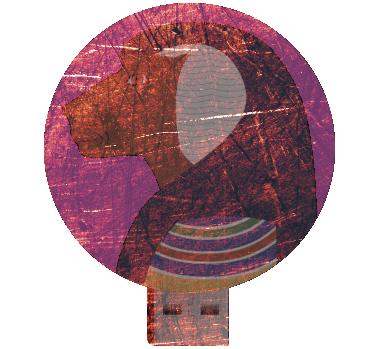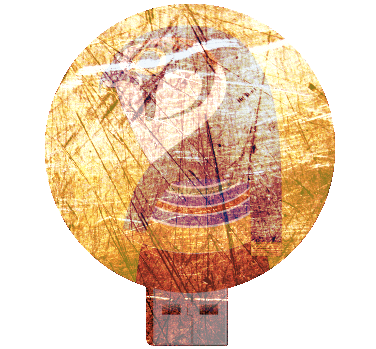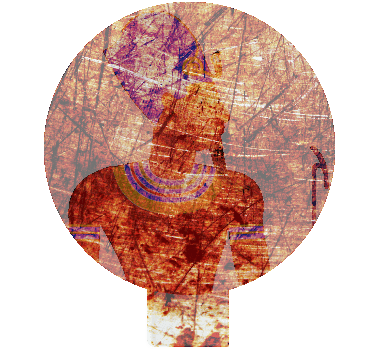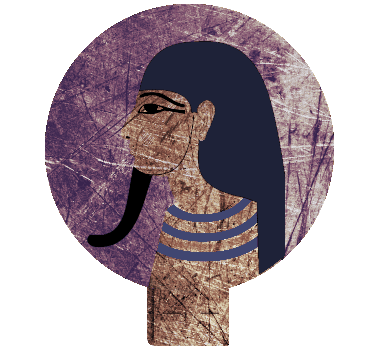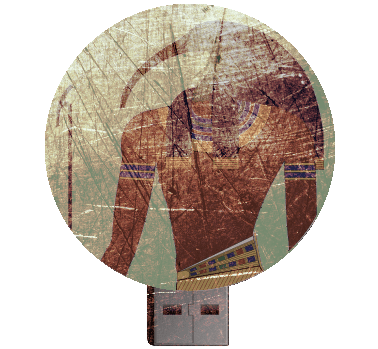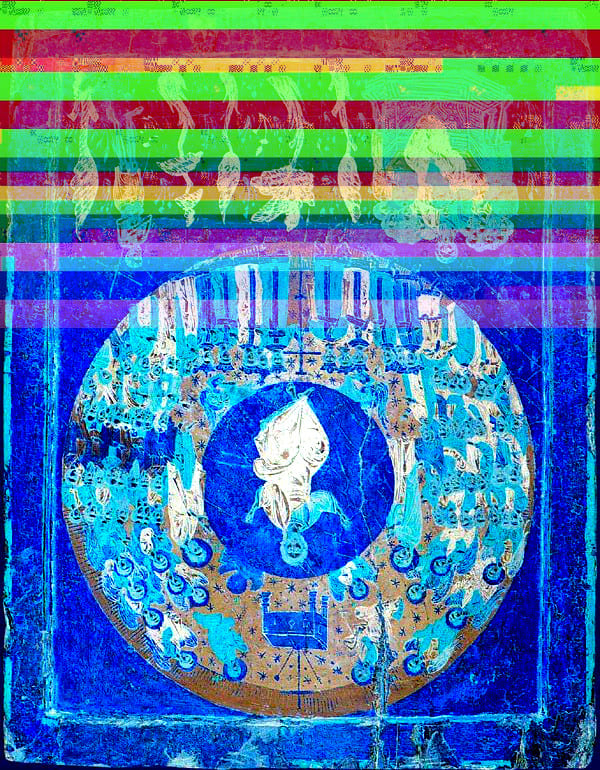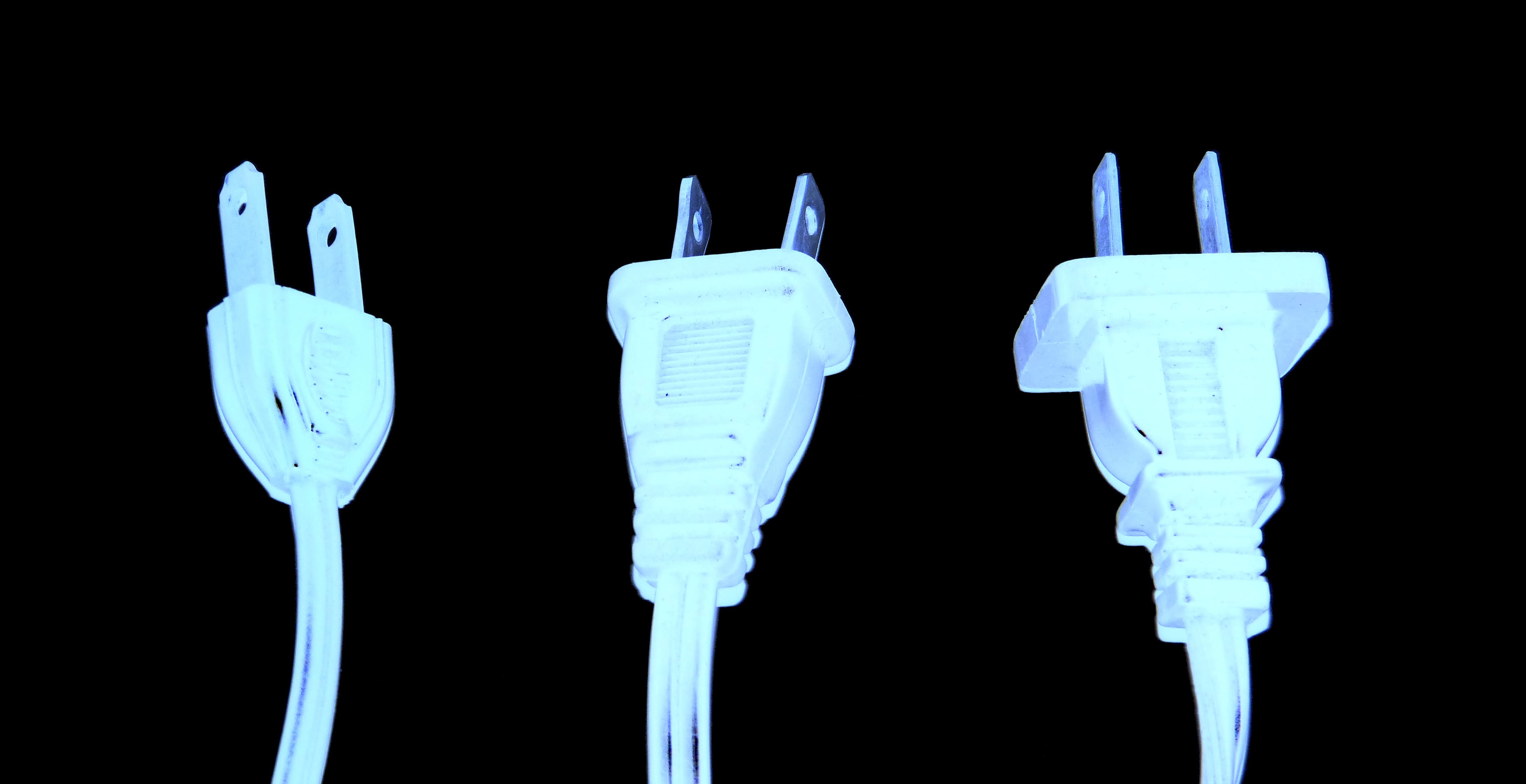The exterior casings depict the data souls: $olom0n, the simian financial god; Prudenc3, the aquiline god of privilege; βαth{HeΩ, the hippopotamine god of childbirth; M@lach!, the canine populational god; R%th, the human god of atmosphere; A81shA1, the ibidine god of attention; and T&llm#th, the almighty metadata deity.
